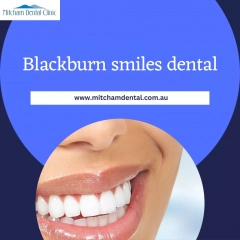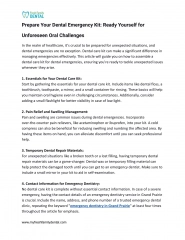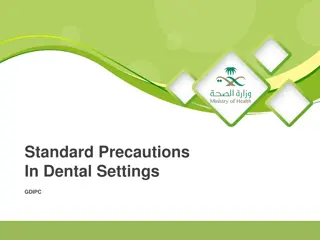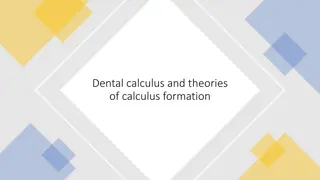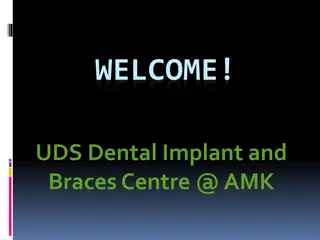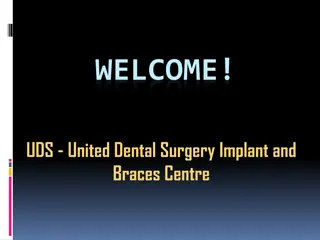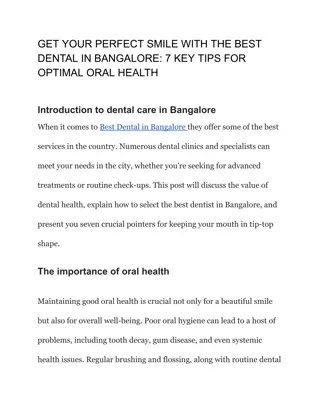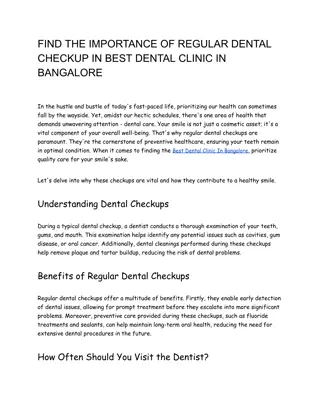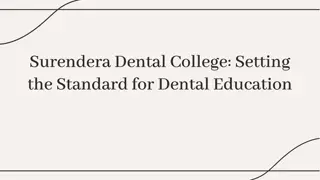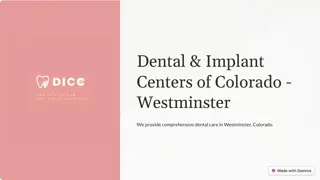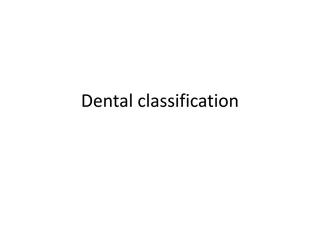Dental Plaque Control: Multiple Choice Questions
This material contains multiple choice questions related to mechanical plaque control in dentistry. It covers topics like recommended brushing methods, brushing times, brushing movements, suitable methods for children, experimental gingivitis, dentifrice ingredients, permissible fluoride amounts, powered toothbrush efficacy, abrasive action factors, and toothpaste formulation. Enhance your knowledge and test your understanding of dental plaque control techniques through these questions.
Download Presentation

Please find below an Image/Link to download the presentation.
The content on the website is provided AS IS for your information and personal use only. It may not be sold, licensed, or shared on other websites without obtaining consent from the author.If you encounter any issues during the download, it is possible that the publisher has removed the file from their server.
You are allowed to download the files provided on this website for personal or commercial use, subject to the condition that they are used lawfully. All files are the property of their respective owners.
The content on the website is provided AS IS for your information and personal use only. It may not be sold, licensed, or shared on other websites without obtaining consent from the author.
E N D
Presentation Transcript
MULTIPLE CHOICE QUESTIONS- MECHANICAL PLAQUE CONTROL
Q1: THE RECOMMENDED METHOD OF BRUSHING IN MOST PATIENTS IS: A. FONES METHOD B. ROLL METHOD C. BASS METHOD D. SCRUB METHOD
Q2: RECOMMENDED BRUSHING TIMS IS: A. 30 SEC B. 60 SEC C. 90 SEC D. 120 SEC
Q3: BRUSHING MOVEMENT IN: CHARTER METHOD HAS A. VIBRATORY MOTION B. ROTATORY MOTION C. HORIZONTAL MOTION D. VERTICAL MOTION
Q4: CHILDREN ARE: THE METHOD SUITED FOR A. BASS METHOD B. CHARTER METHOD C. FONES METHOD D. STILLMAN METHOD
Q5: THE EXPERIMENTAL GINGIVITIS WAS DONE WITH NO ORAL HYGIENE MEASURES IN: A. 21 DAYS B. 14DAYS C. 7 DAYS D. 3 DAYS
Q6: THE DETERGENT USED IN DENTIFRICE IS: A. BAKING SODA B. SODIUM LAURYL SULPHATE C. SODIUM MONOPHOSPHATE D. SILICA OXIDE
Q7: THE AMOUNT OF PERMISSIBLE FLOURIDE IN A DENTIFRICE ARE: A. 120 MG B. 260 MG C. 360 MG D. 290 MG
Q8: POWERED TOOTHBRUSHES ARE EFFECTIVE IN: A. NORMAL PATIENTS B. HANDICAPPED PATIENTS C. PATIENTS WITH GOOD MOTOR SKILLS D. NONE OF THE ABOVE
Q9: DEGREE OF ABRASIVE ACTION DEPENDS ON: A. SIZE OF THE ABRASIVE PARTICLES B. HARDNESS OF TOOTHBRUSH BRISTLES C. BRUSHING PRESSURE D. ALL OF THE ABOVE
Q10:USE OF WATER INSTEAD OF HUMECTANT LEADS TO : A. CAKING OF THE TOOTHPASTE B. SHORT SHELF LIFE C. BOTH OF THE ABOVE D. NONE OF THE ABOVE
Q11: DENTAL FLOSS IS EFFECTIVE IN : A. TYPE I EMBRASURE B. TYPE II EMBRASURE C. TYPE III EMBRASURE D. TYPE IV EMBRASURE
Q12: TYPE III EMBRASURE IS: A. PAPILLA COMPLETELY FILLING THE INTERDENTAL AREA B. PAPILLA SLIGHTLY FILLING THE INTERDENTAL AREA C. PAPILLA TOTALLY MISSING D. NO RELATION TO INTERDENTAL PAPILLA
Q13: INTERDENTAL SPACE IN CENTRAL INCISORS OF MAXILLARY DEPICT : A. TYPE I EMBRASURE B. TYPE II EMBRASURE C. TYPE III EMBRASURE D. TYPE IV EMBRASURE TEETH
Q14: INTERDENTAL SPACE IN INCISORS OF MANDIBULAR TEETH DEPICT : A. TYPE I EMBRASURE B. TYPE II EMBRASURE C. TYPE III EMBRASURE D. TYPE IV EMBRASURE
Q 15: THE METHOD OF PLAQUE REMOVAL IN TEETH WITH ROOT CONCAVITIES IS: A. DENTAL FLOSS B. WOODEN TIP C. TOOTH BRUSH D. INTERDENTAL BRUSH


